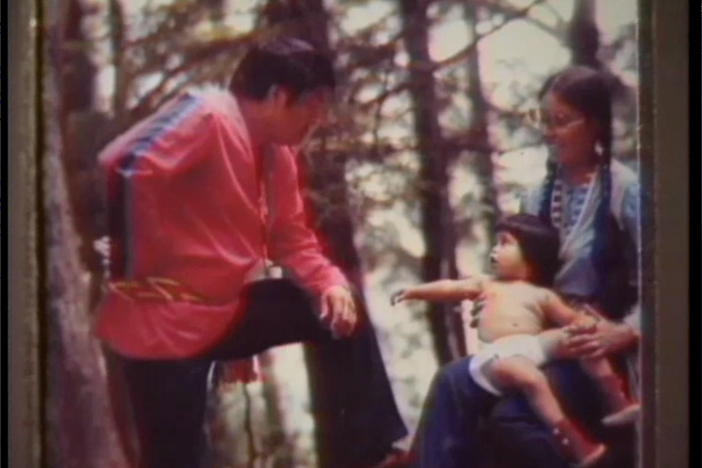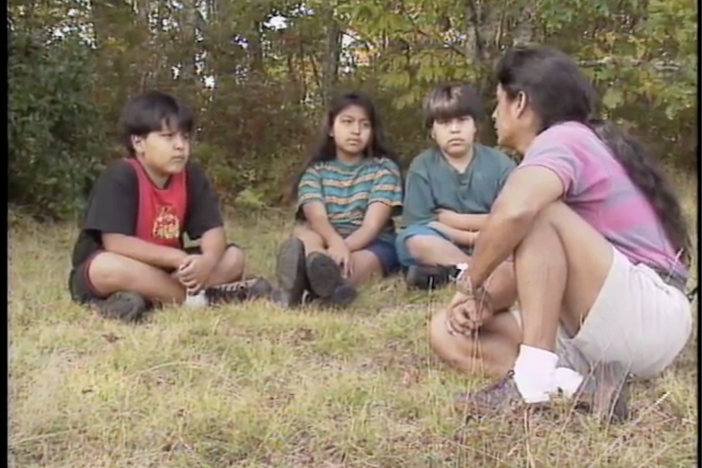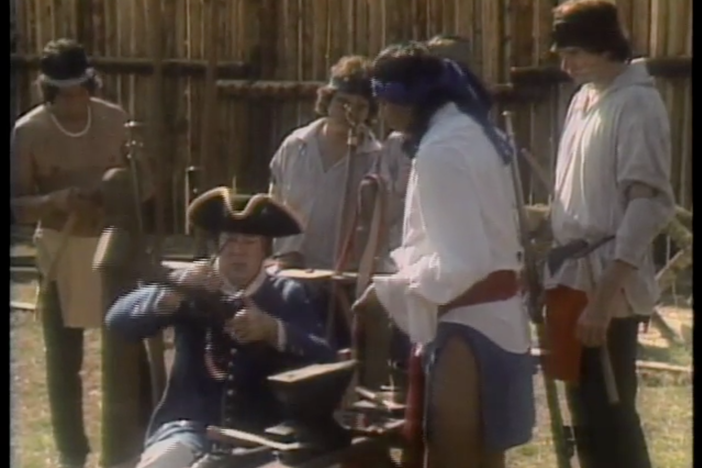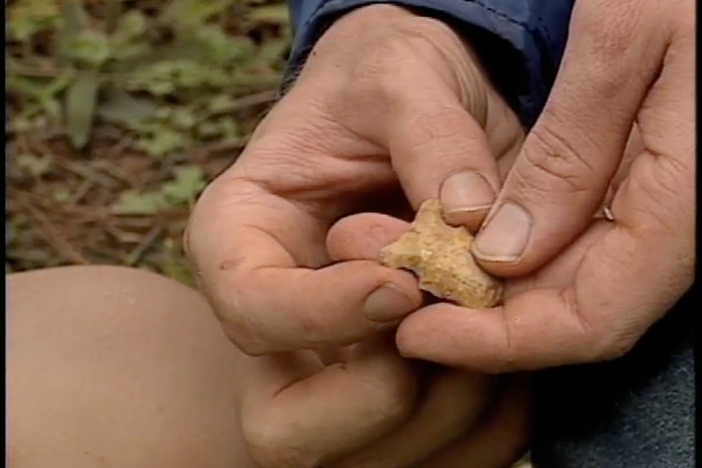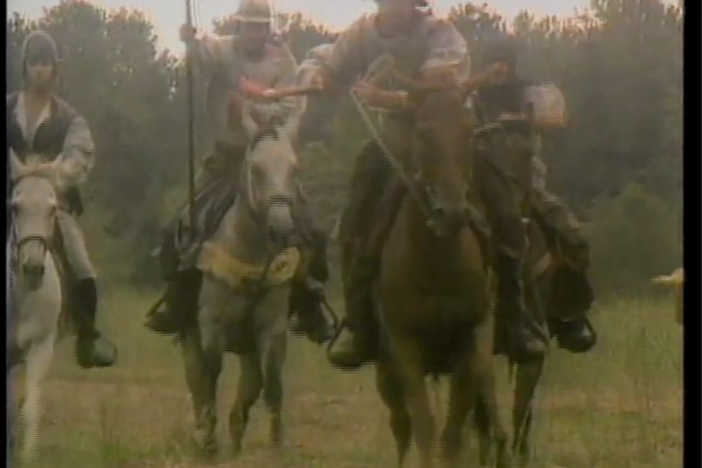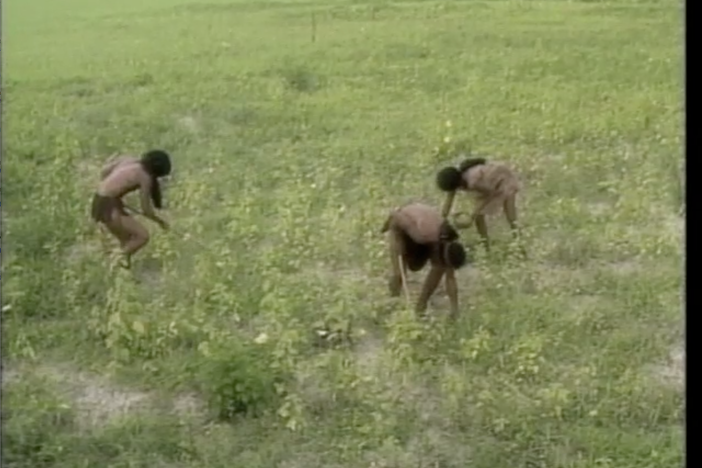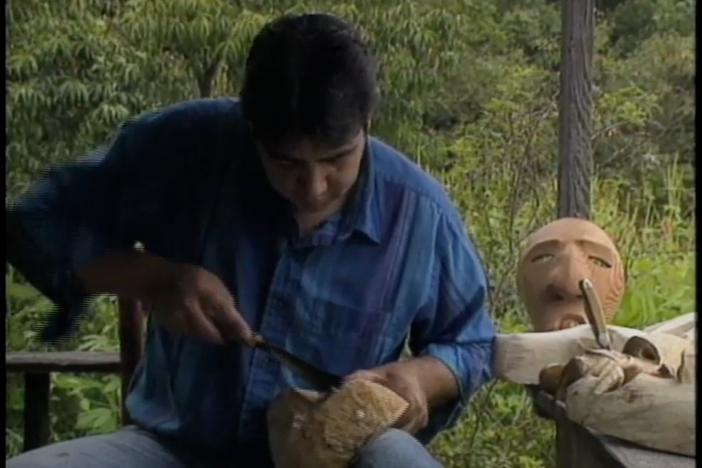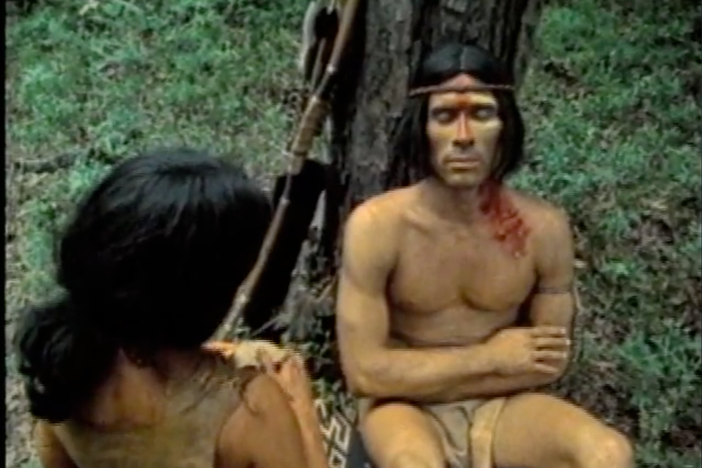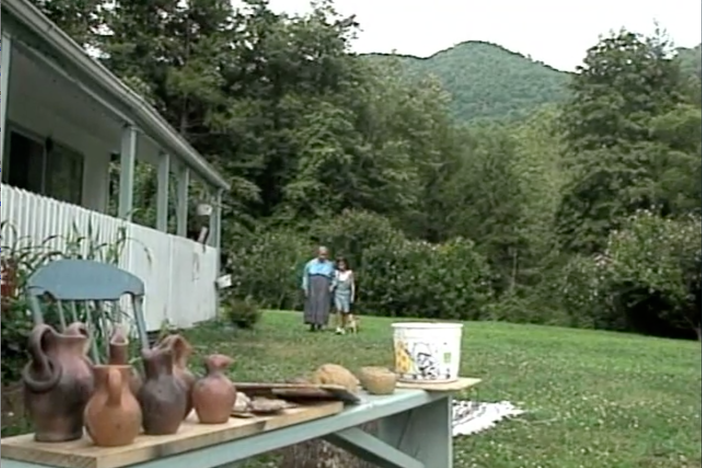The Myths and Legends of the Cherokee People
Native Americans used stories, many still told today, to explain the unknowable and to help them understand the world. Because they believed that everything in nature had life, even rocks, clouds, and thunder, many Indian stories or myths personify objects in their explanations of events.
The Myths and Legends of the Cherokee People
Native Americans used stories, many still told today, to explain the unknowable and to help them understand the world. Because they believed that everything in nature had life, even rocks, clouds, and thunder, many Indian stories or myths personify objects in their explanations of events.
Social Studies
Describe the characteristics of American Indians living in Georgia at the time of European contact; to include culture, food, weapons/tools, and shelter.
1. What is the difference between a myth and a legend?
2. Explain why the "Spearfinger" and "Gambler" myths are not legends.
3. What is a shaman, and what role did the shaman play in Cherokee society?
4. Explain one myth and one legend that you recall.
1. After watching the dramatized stories, ask students to think creatively and write or tell the class their own short stories that could explain natural phenomena such as a hurricane, the arrival of summer, curly tails on pigs, or a situation they choose. As a conclusion, discuss the value of stories and myths in a culture.
2. Make up a story about how a natural phenomenon occurs. This can be written, recorded or on an interactive presentation. It might also be in the form of a puppet show or play.
myth: traditional story by someone unknown that expresses a belief of a particular people, usually involving gods and heroes; it is an attempt to explain a phenomenon of nature, an event in history, or the origin of a particular custom, practice, or religious belief
legend: an authenticated story, handed down by tradition (sometimes oral) and popularly regarded as historical; the stories of a nation or culture
shaman: in certain religions, a priest believed to have magical powers to cure illness through communication during trances with supernatural beings
1. What is the difference between a myth and a legend?
Myths are symbolic stories that attempt to explain the natural world without a basis in fact, like the origin of the universe or why rivers run in certain directions. Legends are stories that are typically based in historical facts but are often exaggerated for effect.
2. Explain why the "Spearfinger" and "Gambler" myths are not legends.
"Spearfinger" was a myth because it attempted to explain why people died. It also taught them to be wary of strangers or outsiders. The "Gambler" was a myth, also. It explained lightning and thunder to the people. Since the Gambler was supposed to be a mighty warrior, it also illustrated that the forces of nature must be respected. Neither Spearfinger nor Gambler was a historical figure among the Cherokee people. They were thought to be supernatural figures and helped to explain why certain phenomenon of nature or of life happened.
3. What is a shaman, and what role did the shaman play in Cherokee society?
When the Cherokee developed their culture, religion became a major part of their society. The shaman was thought to be a person who met their need to relate to a supernatural being - someone greater than themselves. While the shaman was never thought to be this person, he was thought to represent him/her and to be able to communicate with them in a special way. The Cherokee respected leaders who were both political and spiritual and who met the needs of an advanced society.
4. Explain one myth and one legend that you recall.
Answers will vary.
